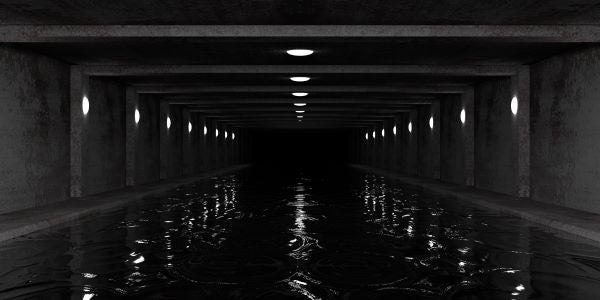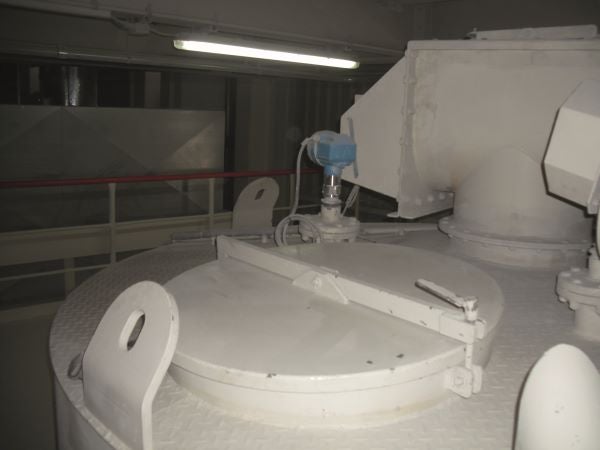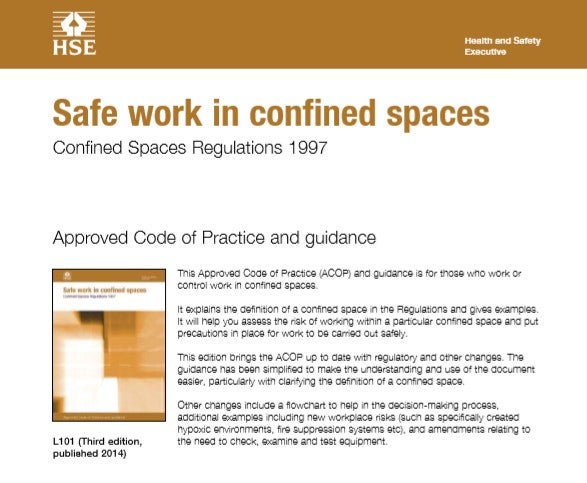What is considered a confined space?
A confined space is a term often used in health and safety contexts. It describes substantially or totally enclosed areas with the potential for one or more specified risks:
- Serious injury caused by fire or explosion.
- Loss of consciousness arising from increased body temperature.
- Loss of consciousness or asphyxiation from gas, fume, vapour or lack of oxygen.
- Drowning from an increase in the level of liquid.
- Asphyxiation arising from a free flowing solid or being unable to reach a respirable atmosphere due to being trapped by a free flowing solid.
Some common examples of confined spaces include tanks, silos, pipelines, tunnels, and manholes. Several industries require confined space working, including construction, agriculture, manufacturing and utilities.

How to identify a confined space?
Identifying a confined space is crucial to assess the potential risks associated with it. Here are some practical steps and questions to ask when determining if you're dealing with a confined space:
- Is the space substantially or totally enclosed?
- Is there a chance of one or more specified risks?
- Will the planned work introduce one or more of the specified risks?
There are also National Occupational Standards outlining competencies required for entering and working in such spaces. These standards identify three types of confined space:
Low risk confined spaces –
- may have low risk entry with simple unobstructed access including fixed ladders or steps
- will have good natural or mechanical ventilation
- will have no likely risk of flooding
- will have low likelihood of reasonably foreseeable risk during entry or while working
- may involve working alone or as part of a team.
Medium risk confined spaces –
- may have deeper entry where entrants might not be in sight of safety attendant or top person
- will have standard entries which could involve climbing or the use of access equipment
- will have identified but controlled specified risks present during entry or while working
- may involve working away from the point of entry
- may involve more than one person entering the confined space
- may require limited use of a rescue line
- may require fall protection equipment and means of assisted rescue such as a rescue winch
- will require the carrying of suitable escape sets for self rescue during an emergency
- will require the presence of one or more people, positioned outside the confined space, who have designated responsibilities for controlling the entry and dealing with emergencies.
High risk confined spaces –
- may have non-standard entries which could involve complex entry procedures
- may be in a remote location
- will have specified risks or will require high risk work
- may have identified hazards present during entry or while working which cannot be fully controlled
- will require the use of safety equipment such as breathing apparatus
- will require the presence of one or more people, positioned outside the confined space, who have designated responsibilities for controlling the entry and dealing with emergencies
- will require the presence of an emergency team who will intervene should an emergency occur.
Your own industry / workplace may use some other means of identifying / categorising confined spaces.

What is not considered a confined space?
Understanding what doesn't qualify as a confined space can be just as important as identifying one. If the space is not substantially or totally enclosed – i.e. is open and unrestricted like a factory floor - then it is not a confined space under the 1997 regulations.
Likewise, even if the space is substantially or totally enclosed, if there is not a specified risk present and the planned works will not introduce one or more of these risks, then, again, it is not a confined space under the 1997 regulations.
For more guidance in classifying a confined space, use our online test.

Mitigating and controlling risks in confined spaces
At MRS Training & Rescue our experts can help you identify and understand confined spaces and the hazards and risks associated with working in them. We can audit the spaces, risk rate the space (High, Medium or Low) and highlight any likely problems that may be caused by their entry point and internal design features.
Our practical confined space training is available in the following formats:
- Low risk courses
- Medium risk courses
- High risk courses
- Confined space management courses
- Refresher courses:
- Medium Risk Requalification
- High Risk Requalification
- Specialist confined spaces courses:
Contact MRS Training and Rescue today for more information about our confined space services.
Final Thoughts
Understanding how to identify these confined spaces and knowing how to control associated risks is vital for safe working.
Making informed decisions about safety measures relies on following practical steps and asking the right questions. Remember, safety should always be the top priority when working in confined spaces, regardless of regulations.




